Welcome to the latest edition of the Rewilder Weekly! 🦬🌳🐺🌞🌍
Before jumping into this week’s eight selected stories, allow me to highlight Planet Wild’s How butterflies fly across the world - both insightful and stunning!
Now then, let’s get on with it - wishing you a good week.
Cheers,
👉 As a reminder: If you come across stories you’d like to see featured in an upcoming edition of the Rewilder Weekly, send them to me and I’ll gladly do what I can.
1) Looking back at three weeks with rewilders across Scotland
For three weeks in March and April, I met more than twenty folks from Scotland’s many-faceted rewilding world: founders, CEOs, estate managers, site managers, community managers, training leads, trustees, ecologists and communicators - all of them, in their own ways and with their own projects, focused on nature recovery, on restoring Scotland’s biodiversity and - fingers crossed! - on making Scotland the world’s first rewilding nation.
By now here are twelve articles are published, highlighting the people, the organizations and the work. There’s a thirteenth still lingering in draft - a great day out on the shining Glenfeshie rewilding lands (still waiting for Wildland to give permission to publish it). This article is a) summary of sorts, and b) an offer for any other organization wanting to do something similar in their country - get in touch, let’s make it happen!
2) Meet the immense Patagonia Azul Provincial Park
With an area about the size of the US’ Yosemite National Park, Argentina’s new park protects flora and fauna across a vast range, spanning 2’9000 square kilometers. The aim is clear, that of safeguarding these biodiversity-rich ecosystems.
Tompkins Conservation calls the new park a major milestone, and Rewilding Argentina’s executive director Sofia Heinonen says, “This is a resounding win for marine conservation. Patagonia Azul places under legal protection one of the most biodiverse areas of the Argentine Sea with over 50 species of seabirds, many of which nest in the more than 60 islands and islets with kelp forests, islands and rocky intertidal areas that support unique ecosystems where diverse kinds of sea life converge.”
👉 Go here the article 👉 and here for Tompkins Conservation’s Insta post (beautiful video clip)
3) Nevada halts “lethal control” of coyotes and mountain lions
Carnivores are a key element of rewilding efforts - one of the three Cs (Cores, Carnivores, Corridors). In the US State of Nevada a court case was brought against what was argued to be a deeply flawed environmental analysis that allows for lethal control (slaughter) of native wildlife at the behest of livestock producers. The court heard the argument and ordered that mountain lions and coyotes across the states sixty-five wilderness areas and protected wilderness study areas no longer be killed.
WildEarth Guardians reports on this decision, calling it a major conservation victory and significant on-the-ground relief for wildlife across a wide swath of Nevada public lands. “Nevada’s wilderness and other specially protected areas should be sanctuaries for wildlife and places where people can experience true wildness—not landscapes laced with traps, snares, and cyanide bombs. The court’s decision underscores that the public has a right to know where and how lethal predator control is happening, especially when it puts people, pets, and native wildlife at risk.” (Paul Ruprecht, Nevada Director for Western Watersheds Project)
4) Rewilding Institute podcast with Chad Hanson
Chad Hanson co-founded the John Muir Project in 1996. He first became involved in national forest protection after hiking the Pacific Crest Trail from Mexico to Canada. It was during this hike that he saw rampant destruction by commercial logging (and destruction loggers were actively trying to hide from hikers).
In this Rewilding Institute podcast, hosted by Jack Humphrey, Chad talks about forest health, debunks myths, highlights smokescreens (used by the Forest Service to hide their failings). He also explains that tackling the climate crisis is entirely possible. While everyone knows that we need to get away from fossil fuels, he says that most people are unaware that over 50% of climate mitigation can be addressed with nature-based solutions (aka rewilding, the restoration of forests and grasslands).
👉 Go here for the 27min podcast
5) Embrace your very own coexistence adventure
The European Nature Trust has teamed up with rewilding organizations and expert wildlife guides to create a series of very, very special adventure trips. They call these guided wilderness excursions “slow, soft and green travel” - love it. A whopping 50% of your trip’s costs will go directly to the partnering NGOs and their coexistence/rewilding efforts.
Spend a week in Italy in late summer, in bear and wolf country. Or how about November in Spain, where you’ll be in the land of the Iberian lynx? The third - despite the inevitable cold - is my personal favorite: Italy, February 2026, in the Apennine mountain range. The crisp weather, the likely snow - great chances to spot the region’s wolves. An amazing time is guaranteed.
👉 Go here for three adventures (and book early!)
6) We need to re-learn nature
While the rewilding movement is growing fast and scaling nicely, rewilders are the few, the very, very few. Billions of people today are given information at school, but don’t learn to be in nature, to experience nature, to feel it, smell it, touch it. Countless helicopter parents hover over their kids to ensure they don’t get dirty, don’t put things in their mouth, don’t - don’t - don’t … we have billions of people who are alienated from nature - and we desperately need them on our side!
We need more people to care, to get active, to join in, to participate, to get their hands - literally and figuratively - dirty. In her article, Seirian Sumner offers a good take, and a clear path, to betterment. People need to learn to NOTICE nature, then find out more, learn to NAME nature, then comes NURTURE. She writes, “With names and knowledge come care, responsibility and the determination to take action to protect nature, such that future generations have the biodiversity needed for future learning and inspiration.”
7) A call to action to help Swiss wolves
If you’re in Switzerland on the 27th of September, join us at the capital in support of wolf protection and coexistence measures - and very much against all of the mindless and scapegoating slaughter that’s been taking place in recent years. The various pro-slaughter lobbies are hard at work to remove even the last protections for wolves. They can already hunt the wolf for eight months of the year - they want to extend it to all year round. They want more kills, more hunters - and fines to be lifted for wrong kills. All of this flies in the face of science, is fearmongering at is best and is a damning indictment of easily cowed Swiss legislators.
Out of over 50’000 dead sheep in 2024, less than 2% of those deaths are caused by the wolf. This shows, more clearly than anything else, that the real story is a very different one - but that putting every ounce of outrage-focus on the wolf makes for perfect scapegoating. It allows farmers to keep neglecting their livestock, it allows joy-hunters to “get their wolf” - and no one decries the millions in wasted public spending (our taxes), on these deeply insidious and massively destructive actions.
👉 Please sign the petition (it’s in German, use Google Translate) 👉 and go here for Lucie Wuethrich’s excellent post on LinkedIn
8) About joy hunting and cognitive dissonance
There is hunting out of necessity - no issue there - and I’m sure that most professional hunters have, just as did hunters in the past, a sound respect for nature. I believe that there should only be professional hunters, hired to do a professional job. However, most of what the hunting/shooting/gun industry produces today, are hobby hunters. They “hunt” for the joy of it, the thrill of it and, incredibly, for the selfie of it.
In case you’re wondering what this article has to do with rewilding, well, I think anyone serious about rewilding, about nature recovery, cannot turn a blind eye to obvious, blatant and cruelest destruction en masse of the animal kingdom. It directly goes against any holistic effort to bring a natural balance back to any ecosystem. Rewilding IS about balance, a new and healthy balance between humanity and nature, and that entails a deep respect and care for nature. Shooting estates and all forms of hobby hunting are incompatible with any and all nature recovery efforts.
To conclude this week’s edition, I’d like you to meet wildlife artist Charlotte Williams and her stunning artwork. She’s also a member of Artists for Conservation, supports conservation groups around the world - and parts of her proceeds go toward conservation efforts. Here’s she shares with us an Alaskan brown bear who, Charlotte says, is “patiently waiting for her next catch.” Incredible, right?
If you enjoy the Rewilder Weekly …
… consider supporting my work. Your paid subscription will help generate the funds needed to realize a unique rewilding book I’m working on (if you want to know more about it, let me know). And, of course, that paid subscription also ensures that the Rewilder Weekly will always keep going for those who cannot afford to pay. A thousand thanks!
That’s it for this week’s edition! For more rewilding insights and stories from around the globe, use the #rewilding hashtag on LinkedIn and follow people, organizations and groups that are as passionate about rewilding as you are. Let’s keep connecting and growing the movement!








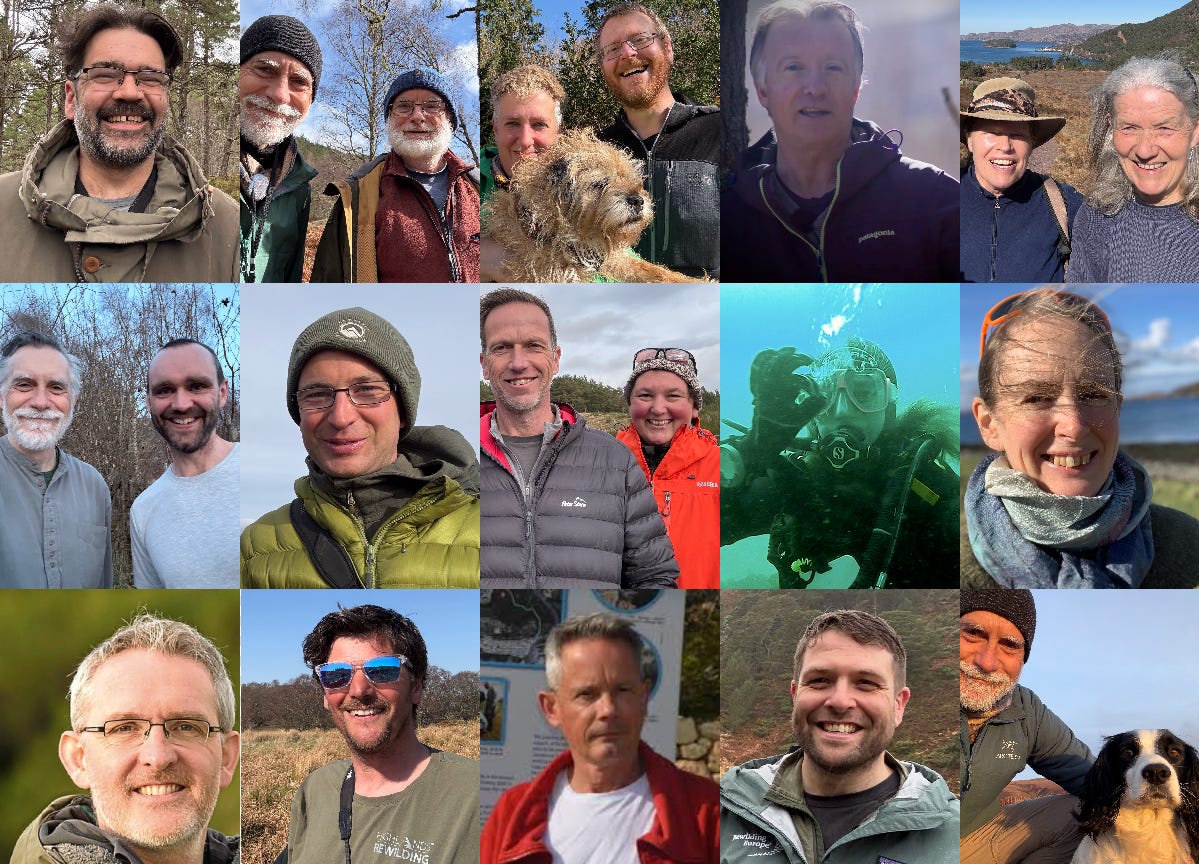
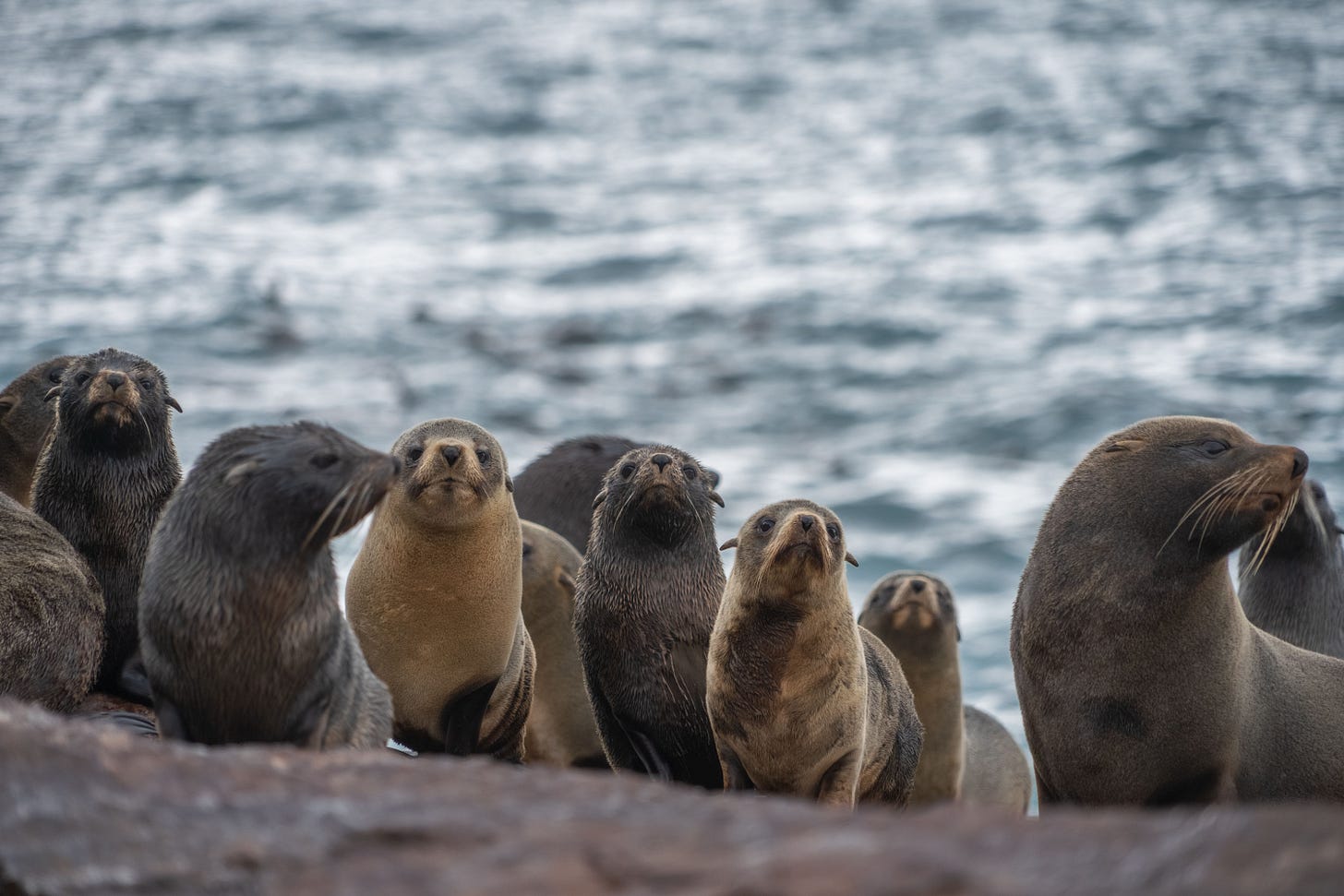

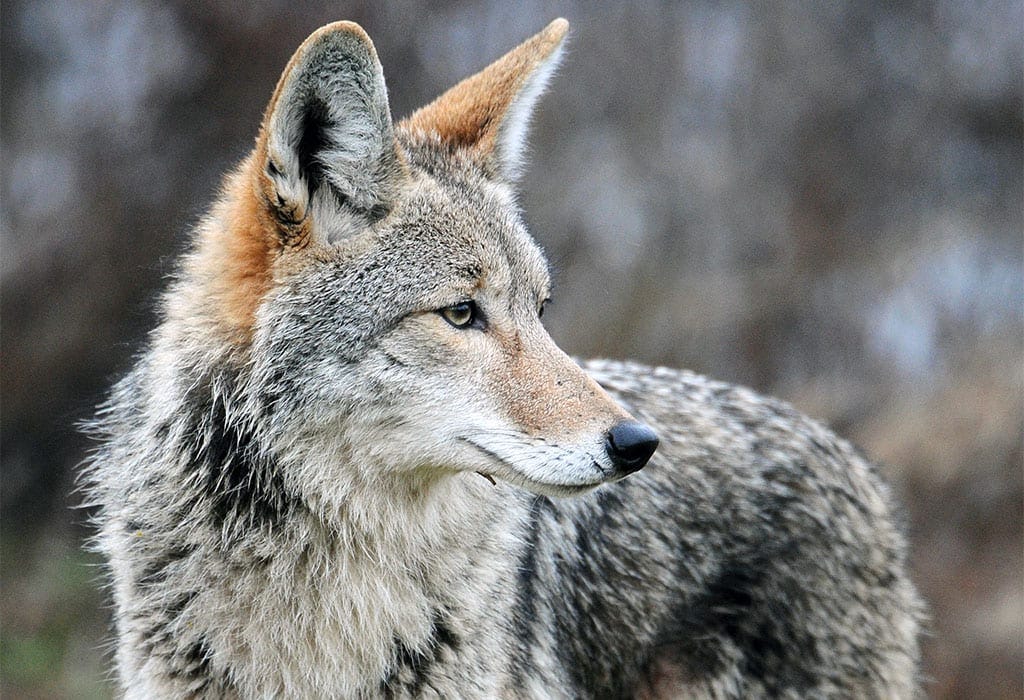



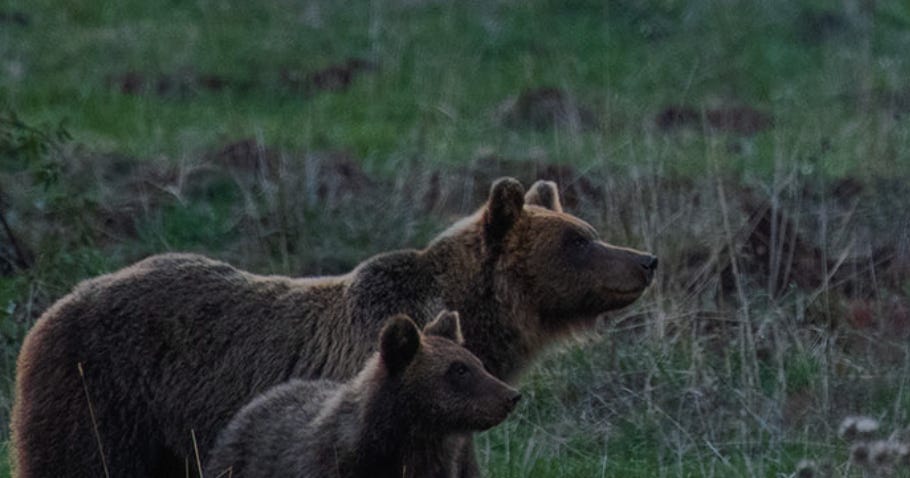

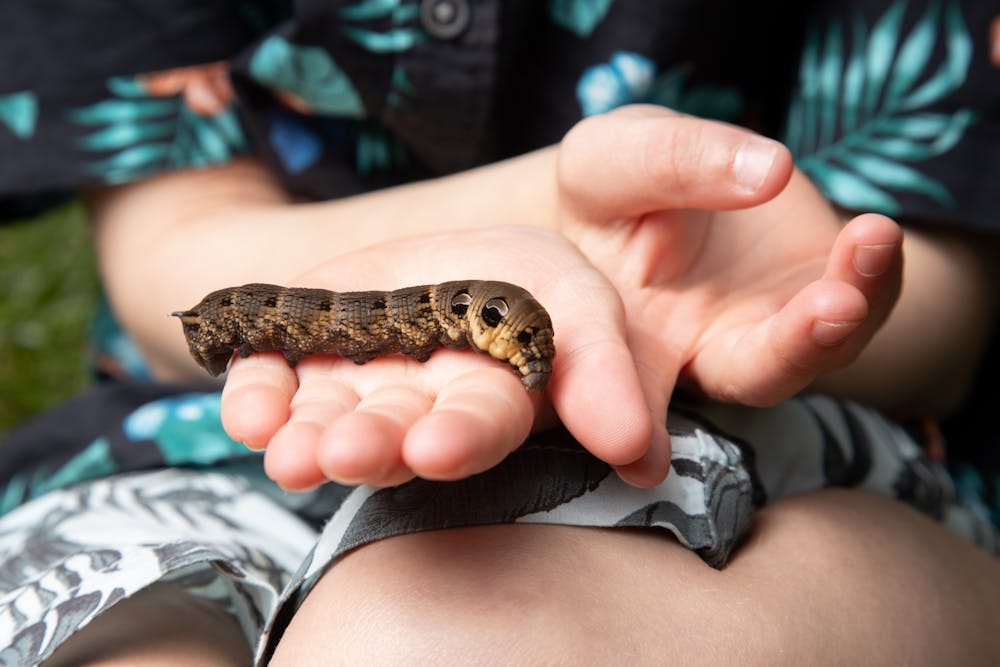

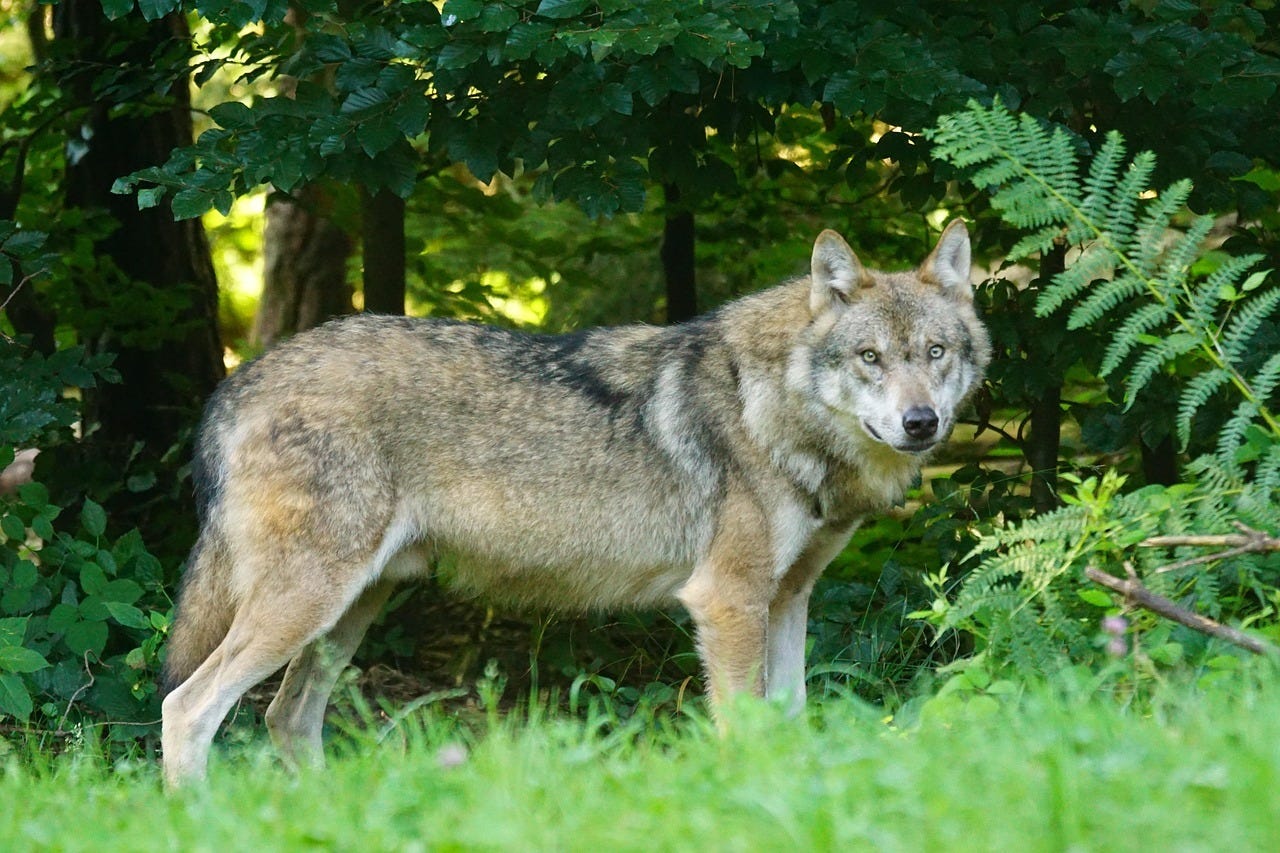



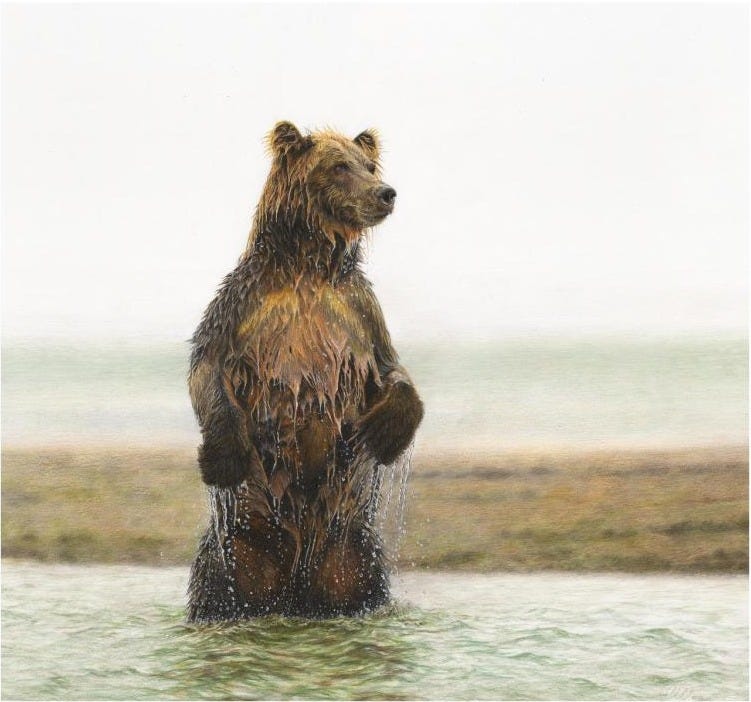
Danke 🙏❤️🙏